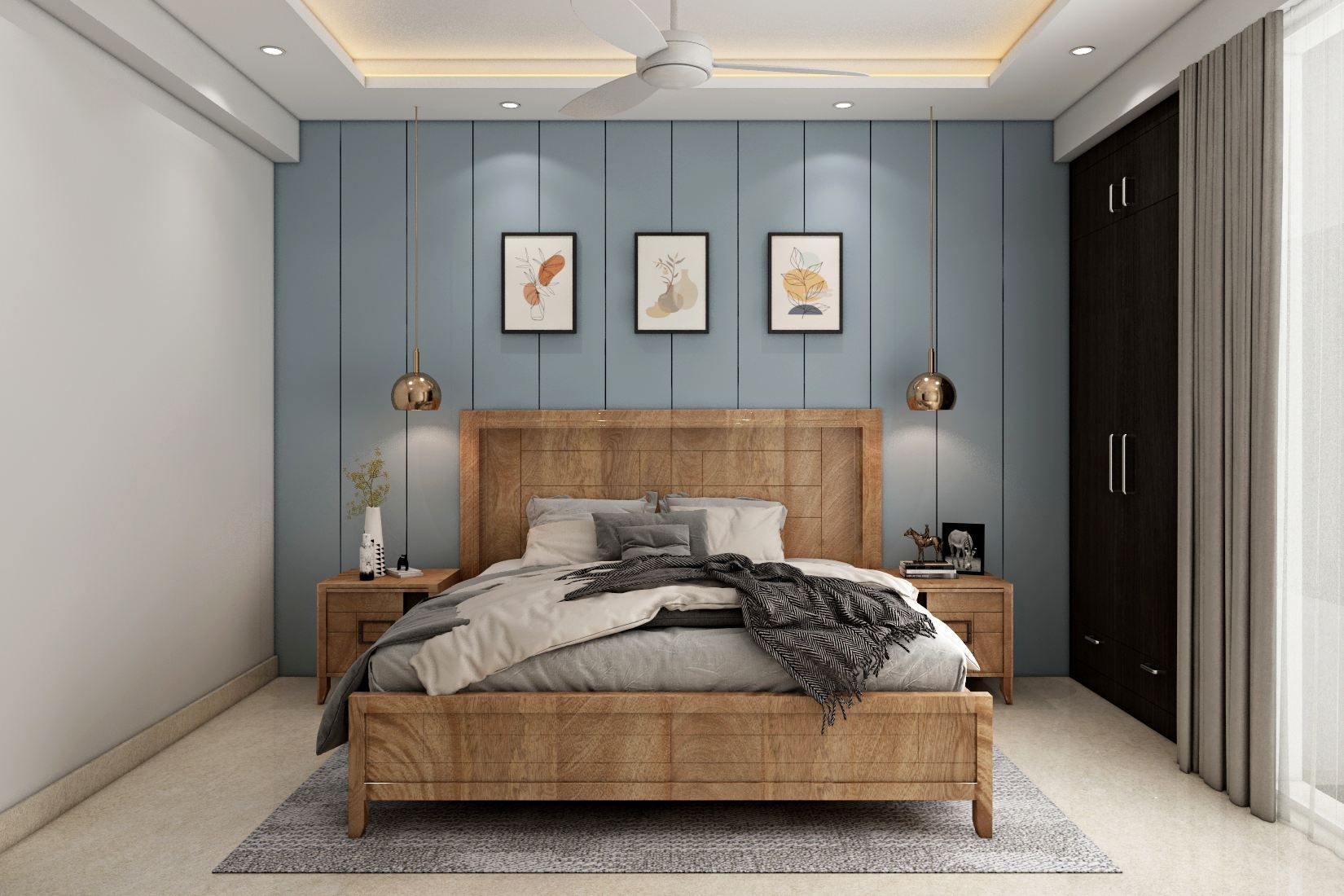In the ever-evolving world of interior design, the quest for versatility and aesthetics is paramount. One of the most effective solutions to achieve this balance in both residential and commercial spaces is the use of room dividers with doors. These elements not only serve as functional partitions but also add a layer of sophistication and style to interiors. This article explores the various benefits of incorporating room dividers with doors into your spaces, supported by examples, case studies, and practical tips.
The Versatility of Room Dividers

Room dividers come in various forms, from permanent walls to movable screens, providing a plethora of options to homeowners and designers alike. When doors are integrated into these dividers, they enhance the functional capability of the space, allowing for a seamless transition between areas. Here are some key benefits:
- Space Optimization: Room dividers effectively break up larger areas into smaller, more functional spaces, optimizing the use of square footage.
- Privacy: Dividers with doors can create private spaces, ideal for home offices or bedrooms in shared living situations.
- Flexibility: Many room dividers can be easily moved or adjusted, allowing for adaptability in space arrangement based on changing needs.
- Aesthetic Appeal: A well-designed room divider can act as a focal point in a room, enhancing the overall aesthetic of the interior.
Enhancing Functionality
Room dividers with doors serve practical functions that can significantly improve the usability of a space. Here are some impactful ways they can enhance functionality:
Creating Separate Zones
In open-concept homes, distinguishing between different functional areas can be challenging. Room dividers with doors can create clear boundaries, allowing for the establishment of specific zones such as:
- Workspaces: In a home where a dedicated office is not possible, a room divider with a door can create a comfortable and separate workspace.
- Living Areas: These dividers can delineate living spaces, such as separating a lounge area from a dining space, making both areas feel more defined.
- Guest Rooms: For those who host frequently, a room divider can transform a guest area into a private retreat.
Improving Acoustics
Noise control is crucial, especially in multi-functional environments. Room dividers with doors can help minimize sound transmission between spaces, making them ideal for:
- Studying or Working: Reducing distractions in a home office or study area.
- Entertainment: Allowing for social gatherings in one area while keeping another space quiet.
Design Impact: Style Meets Substance
While functionality is vital, the aesthetic appeal of room dividers with doors cannot be overlooked. Here are some design aspects to consider:
Materials and Finishes

The choice of materials for room dividers significantly impacts the overall look and feel of a space. Popular options include:
- Wood: Offers a warm, natural aesthetic and can be customized with various finishes.
- Glass: Provides a modern, airy feel, allowing light to filter through while still offering separation.
- Metal: Adds an industrial edge and can be combined with other materials for a mixed-media approach.
Color Schemes

Integrating color into room dividers can enhance the overall decor. Consider the following:
- Neutral Tones: Timeless and versatile, these shades can complement any decor.
- Bold Colors: Create a striking focal point that draws attention and adds personality to the space.
- Patterns: Incorporating patterns can introduce visual interest and texture.
Case Study: A Commercial Space Transformation
To illustrate the impact of room dividers with doors, consider the case of a co-working space in a bustling city. The owners wanted to create a collaborative environment while still providing areas for privacy and focus. They installed elegant room dividers with frosted glass doors, allowing natural light to flow through while offering sound insulation. The result was a functional layout that encouraged teamwork and creativity while giving individuals the option to retreat into private workspaces when needed.
Statistics Supporting the Use of Room Dividers
To further emphasize the value of room dividers with doors, consider the following statistics:
- A survey conducted by the American Society of Interior Designers found that 67% of designers believe that flexible spaces are a significant trend in contemporary design.
- According to a report by IBISWorld, the market for room dividers is projected to grow at an annual rate of 3.1%, reflecting an increasing consumer demand for versatile interior solutions.
- Research indicates that 45% of homeowners are seeking ways to maximize their space, with room dividers being a favored solution.
Choosing the Right Room Divider with Doors

When selecting the ideal room divider with doors for your space, consider the following factors:
Functionality

Determine the primary purpose of the divider. Will it be used for privacy, sound control, or simply as a decorative element? Understanding your needs will guide your choice.
Size and Scale

Ensure that the divider fits well within the space. A large room divider in a small area can feel overwhelming, while a small divider in a spacious room may not provide the intended effect.
Style and Decor
Choose a design that complements your existing decor. Consider the overall theme of your interior, whether it’s modern, traditional, or eclectic.
Room dividers with doors offer a unique blend of functionality and style, making them an invaluable addition to any interior. They not only optimize space and enhance privacy but also contribute to the overall aesthetic appeal of the environment. From creating distinct zones to improving acoustic comfort, the benefits are manifold. As trends continue to evolve towards more flexible and adaptable living and working spaces, investing in a quality room divider with doors is not just a practical choice but also a stylish one. By considering factors such as material, color, and purpose, you can select a divider that enhances your interiors, creating a harmonious balance between form and function.




